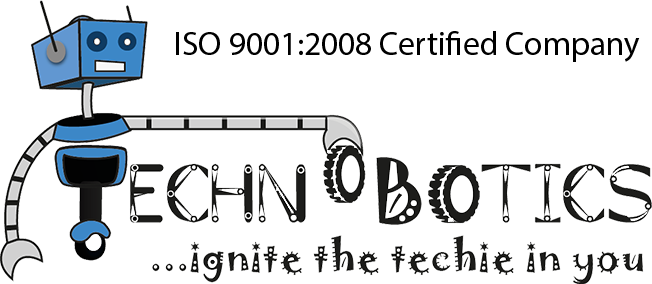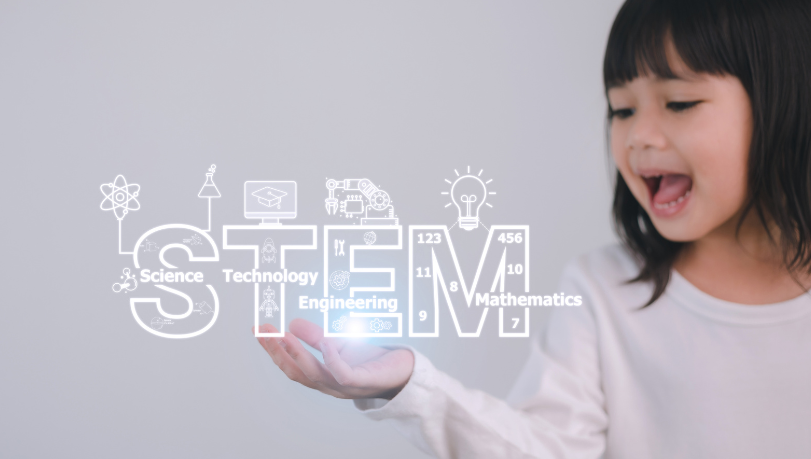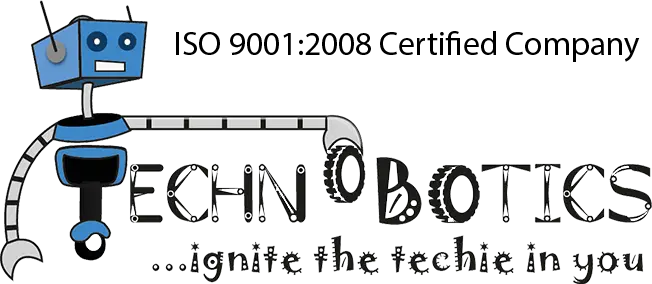In today’s rapidly evolving digital world, preparing children for future careers means equipping them with more than just theoretical knowledge. It requires practical, hands-on experience and a mindset geared toward problem-solving, creativity, and innovation. This is where STEM education plays a transformative role.
STEM—an acronym for Science, Technology, Engineering, and Mathematics—is no longer an optional part of modern education. It’s the foundation on which the future workforce is being built. Whether a child dreams of becoming a software engineer, data scientist, AI developer, or entrepreneur, STEM education programs are the stepping stones toward that future.
Let’s explore how STEM education, especially when integrated with robotics, helps prepare kids for tomorrow’s tech-driven careers.
The Growing Importance of STEM Education
From automation to artificial intelligence, most industries today rely on technology. As a result, careers in tech are not only in demand but constantly evolving. Traditional education systems, while important, often struggle to keep pace with this evolution. STEM education fills this gap by introducing students to real-world concepts through practical learning.
Students engaged in STEM are encouraged to ask questions, experiment, fail, and try again. This method of experiential learning fosters adaptability—an essential skill in any tech career.
STEM in Robotics: A Powerful Combination
One of the most effective ways to introduce children to STEM concepts is through STEM in robotics. Robotics combines all four components of STEM—science through sensors and mechanics, technology through microcontrollers, engineering through design, and mathematics through logic and calculation.
By engaging in robotics in STEM education, students get to see the immediate impact of their learning. For example, understanding how a simple line-following robot works can teach children the basics of sensor input, decision-making logic, and motor control—all foundational elements in automation and robotics careers.
Courses that focus on STEM education robotics give children a safe space to explore, create, and innovate. This kind of environment nurtures not just technical skills but also confidence, critical thinking, and collaboration.
Practical Skills That Prepare Students for the Tech Industry
Through hands-on STEM education programs, children develop several skills that are directly applicable to modern tech careers:
- Programming Logic: Kids learn basic programming concepts using visual or text-based languages. This lays the foundation for more advanced coding in the future.
- Problem Solving: Every robotics challenge presents a problem that needs solving. This trains students to think logically and persistently.
- Creativity: STEM projects often require students to build solutions from scratch, encouraging original thinking.
- Teamwork: Many STEM tasks are collaborative, fostering teamwork and communication, key skills in any tech workplace.
- Adaptability: In tech careers, change is constant. STEM activities that involve testing and iteration teach students to adapt quickly and effectively.
These practical skills ensure that children are active contributors to technology development, rather than just consumers.
Encouraging Entrepreneurial Thinking Through STEM
In addition to preparing kids for employment in tech roles, STEM education also fosters an entrepreneurial mindset. When children build something from the ground up—whether it’s a robot, app, or circuit—they gain ownership of their learning. They begin to see how their ideas can translate into solutions, products, or even businesses.
This is where STEM education robotics becomes especially powerful. Robotics projects often mimic real-world problems and applications. Whether students are designing a smart irrigation system or a home automation prototype, they are thinking like problem-solvers, just like tech entrepreneurs do.
By exposing students to this learning early, we empower them to think independently, take initiative, and innovate—all essential traits of successful entrepreneurs.
Why Technobotics Leads in STEM and Robotics Education
When it comes to quality STEM education programs and robotics classes, few names stand out like Technobotics. With over 15 years of experience in practical education, Technobotics offers structured, hands-on learning in electronics, robotics, and programming.
The curriculum is designed to progress from basics—like breadboard electronics and Arduino programming—to advanced concepts in robotics in STEM education. Students don’t just learn how to follow instructions; they learn how to build, innovate, and solve problems creatively.
Technobotics understands that every child is different, and so are their learning needs. Whether it’s a beginner-level robotics course or an advanced autonomous robot programming module, the courses are designed to be engaging, inclusive, and skill-based.
This approach not only builds strong technical foundations but also nurtures leadership, teamwork, and resilience—traits that go far beyond the classroom.
Building the Future Workforce, One Student at a Time
As technology affects all parts of our lives, teaching the next generation for the tech industry requires more than just coding skills. It’s about shaping how they think, learn, and apply knowledge.
STEM education integrated with robotics provides a future-ready learning environment that’s both fun and impactful. It builds skills that today’s and tomorrow’s tech industries demand, while also encouraging curiosity and exploration.
Whether your child is curious about how machines work or dreams of launching their tech startup, STEM education robotics is a gateway to endless possibilities.
And with institutions like Technobotics offering some of the best robotics classes in mumbai, your child’s future in tech can start today, right here, with the right tools, mentors, and mindset.


